Imagine gliding through turquoise waters and suddenly spotting a gentle giant with a bristly mustache grazing on the seafloor. It’s not a character from a children’s storybook, but a real animal—the dugong. With its soulful eyes, walrus-like whiskers, and unhurried pace, the dugong stirs something deep inside us. This creature, often called the “sea cow,” invites us to pause, breathe, and marvel at the quiet mysteries of the marine world. But beneath its serene surface lies a story filled with ancient origins, surprising smarts, and a struggle for survival that’s as moving as it is urgent.
A Face Only a Mother Could Love—and Everyone Else Admires
The dugong’s unique appearance is impossible to forget. Its large, rounded body tapers to a fluked tail, reminiscent of a dolphin’s. But what really sets the dugong apart is its face—a broad, droopy upper lip covered in stiff bristles or “mustache.” These whiskers aren’t just for show; they act as sensitive feelers, helping the dugong find food on the murky seafloor. Its tiny eyes and gentle expression give it an almost wise, contemplative look, as if it’s pondering the secrets of the sea. This curious combination of features has inspired legends and affection in cultures across the Indo-Pacific.
Dugongs and Manatees: Oceanic Cousins With a Twist
Dugongs are often confused with their freshwater relatives, the manatees, but the two are distinct in surprising ways. While both belong to the order Sirenia, dugongs are strictly marine mammals, never venturing into rivers like manatees do. Unlike manatees, whose tails are paddle-shaped, dugongs have a tail fluke similar to a whale’s. Their skeletal structure also differs, with dugongs having a more streamlined body built for life in open coastal waters. These differences may seem subtle, but they’re crucial for understanding how each species fits into its ecosystem.
An Ancient Lineage: Survivors From the Age of Giants
Dugongs trace their lineage back more than 50 million years—imagine a time when the ancestors of modern whales, dolphins, and dugongs swam among prehistoric reefs. Fossils reveal that dugongs once had relatives the size of small buses roaming ancient seas. Today’s dugong is the last living member of its family, a survivor of mass extinctions and shifting continents. Each graceful glide through the water carries echoes of a world long gone, making every sighting a living glimpse into deep time.
Where the Dugong Calls Home

Dugongs are found in warm coastal waters from East Africa and the Red Sea, across the Indian Ocean, to the Pacific shores of Australia. They favor shallow bays, mangrove channels, and seagrass meadows—places teeming with life but vulnerable to human impact. Australia boasts the largest population, but dugongs once ranged much farther. Sadly, in many regions, their numbers have dwindled or vanished altogether due to hunting, habitat loss, and pollution.
The Sea Cow’s Surprising Appetite

It might seem odd to call a massive marine mammal a “cow,” but the nickname fits. Dugongs spend their days grazing on seagrass, pulling up entire plants with their muscular lips and grinding them with flattened molars. A single dugong can eat up to 40 kilograms of seagrass a day—imagine a lawnmower with flippers! This diet shapes the landscape of the sea, as dugongs create feeding trails that help new seagrass shoots grow, supporting a wealth of other marine life.
Masters of Slow Motion: The Dugong’s Gentle Pace
There’s nothing hurried about a dugong. With deliberate, slow movements, it glides just above the seafloor, barely disturbing the sand. This leisurely pace isn’t laziness—it’s an energy-saving strategy that helps dugongs survive on their low-calorie, plant-based diet. Their calm demeanor also means they’re rarely aggressive, preferring to avoid conflict and drift away from danger. Watching a dugong is an exercise in mindfulness—the ultimate lesson in the art of taking it slow.
The Mustache That Feels the World
The dugong’s whiskered upper lip is more than a quirky feature—it’s a sophisticated sensory tool. Packed with nerve endings, these bristles detect the slightest changes in water movement and texture, guiding the dugong to the tastiest seagrass. Scientists have found that dugongs can distinguish between different seagrass species by touch alone, selecting the most nutritious varieties. In the dim light of murky bays, the mustache is the dugong’s window to the world.
Breathing Underwater: The Art of the Long Dive
Dugongs are mammals and must surface to breathe, but they’re true masters of the underwater pause. With a single deep breath, a dugong can dive for up to six minutes, though most dives last two to three. They often rise to the surface with barely a ripple, exhaling with a soft sigh. This ability to stay submerged for long periods lets them feed undisturbed and avoid predators. Each breath is a careful calculation—a reminder of the delicate balance between land and sea.
Social Lives: Solitude and Subtle Bonds
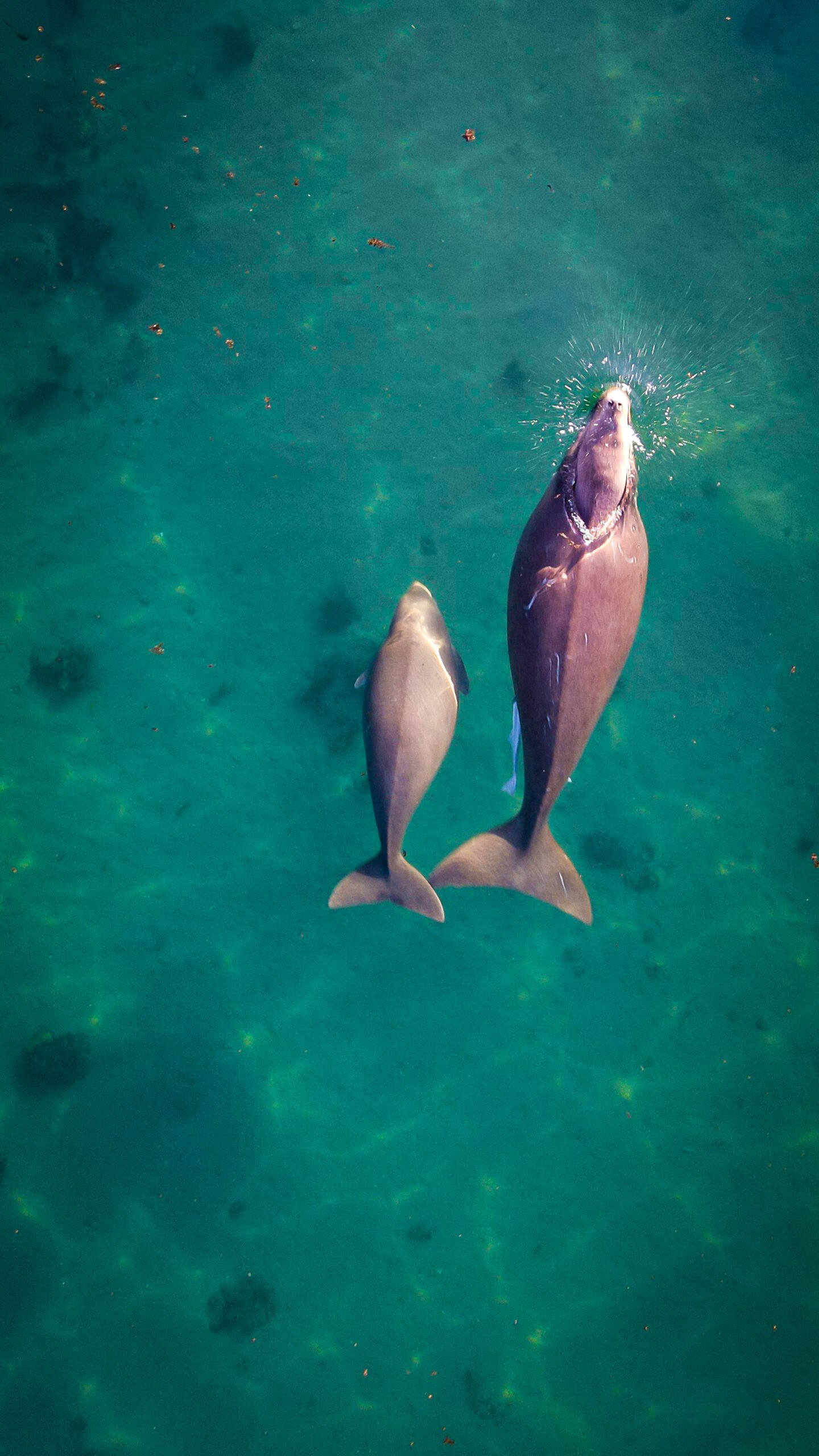
Contrary to what you might expect, dugongs are mostly solitary creatures. Still, they aren’t entirely antisocial. Sometimes, small groups—called herds—gather in areas rich with seagrass. Mothers and calves share especially close bonds, with calves nursing for up to 18 months and staying by their mother’s side for years. Dugongs communicate with chirps, barks, and trills that echo softly through the water, hinting at a world of quiet connections we’re only beginning to understand.
Motherhood in the Sea: The Dugong’s Devoted Care

Dugong mothers are fiercely protective and nurturing. Pregnancy lasts over a year, and calves are born in shallow, safe waters. A newborn dugong weighs as much as a hefty sack of potatoes—around 30 kilograms—but is completely dependent on its mother. Nursing takes place underwater, with the calf using its small mouth to latch onto the mother’s teats, cleverly located in her armpits. The calf learns to graze by watching and mimicking the mother, a touching example of learning passed through generations.
The Intelligence of a Gentle Giant
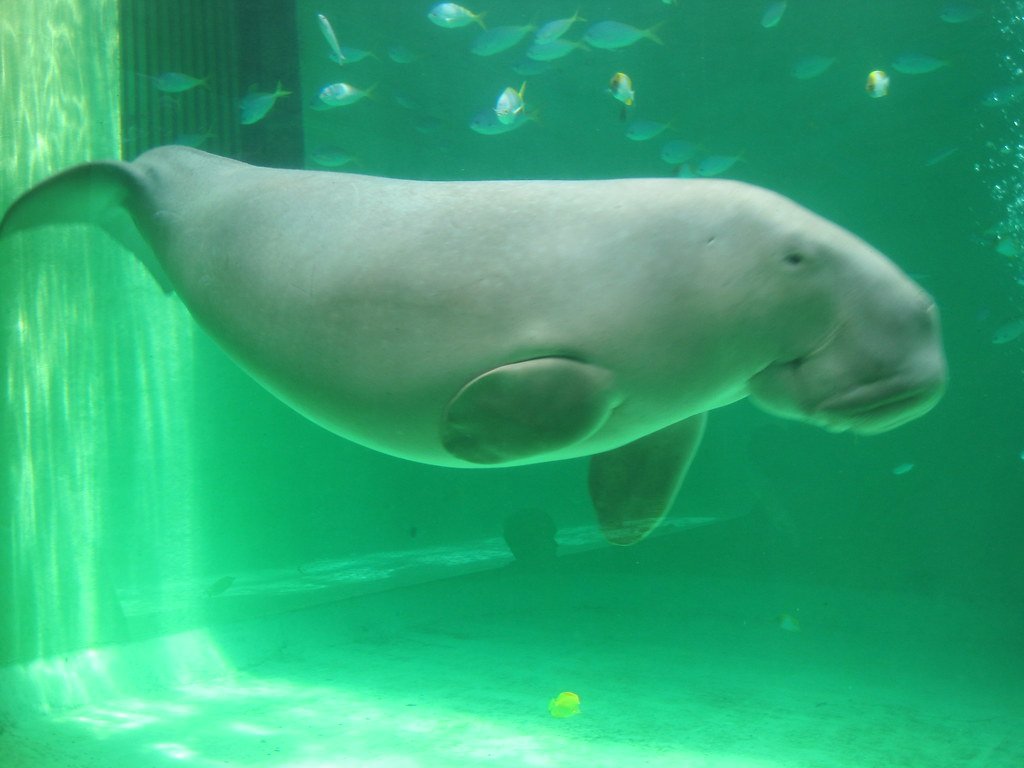
People often underestimate dugongs, assuming their slow movements mean a simple mind. But research paints a different picture. Dugongs show signs of problem-solving, strong memory, and even play. They navigate complex habitats, remember safe feeding spots, and may use tools—sometimes disturbing the sand to uncover hidden roots. Their social calls and interactions suggest a subtle intelligence, perhaps not unlike the thoughtful gaze you might catch in their eyes.
Dugongs in Myth and Legend
For centuries, the dugong has fueled human imagination. Ancient sailors mistook dugongs for mermaids—albeit with a little creative license. In Indonesia, stories abound of sea spirits and gentle beings who shepherd the tides. Aboriginal Australians include dugongs in sacred lore, weaving them into tales of creation and survival. These legends remind us that dugongs aren’t just biological curiosities—they’re woven into the fabric of human culture and meaning.
The Crucial Role in Coastal Ecosystems
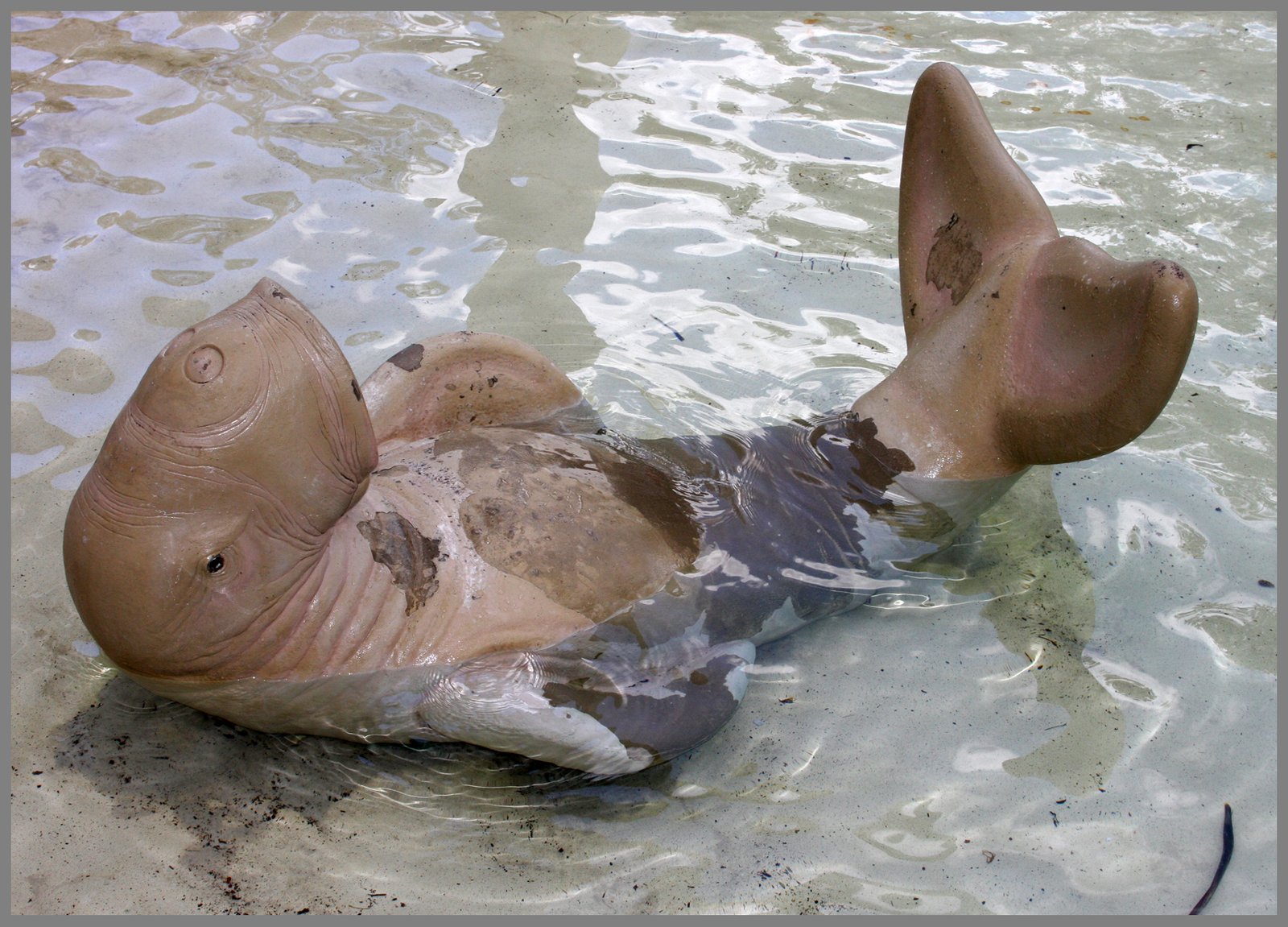
Dugongs are more than charismatic megafauna; they’re architects of their environment. By grazing on seagrass, dugongs keep meadows healthy, prevent overgrowth, and create space for young shoots. Their feeding trails become highways for fish, crabs, and countless other creatures. Without dugongs, seagrass beds can decline, setting off a chain reaction that threatens the entire coastal food web. Protecting dugongs means protecting the homes of countless other species.
Threats from a Changing World
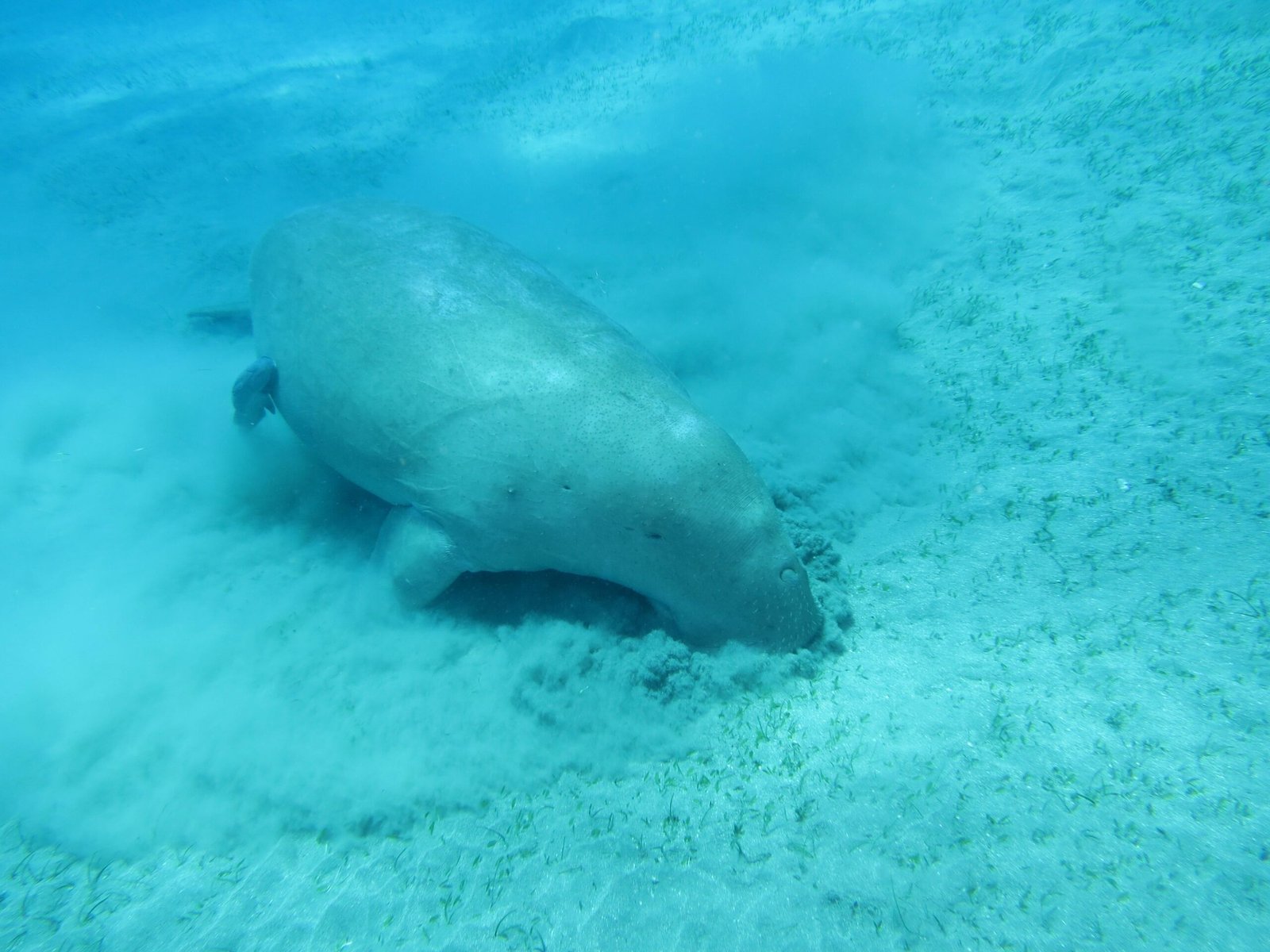
Despite their resilience, dugongs face a daunting array of threats. Boat strikes, fishing nets, and habitat destruction are constant dangers. As coastal development expands, seagrass meadows shrink, leaving dugongs with less to eat. Pollution, including plastic and oil spills, adds another layer of risk. Climate change brings rising sea temperatures and stronger storms, further stressing fragile habitats. Each threat chips away at the dugong’s future, making conservation efforts more urgent than ever.
Conservation Efforts and Hope on the Horizon

Around the world, scientists, governments, and local communities are rallying to save the dugong. Protected areas, speed limits for boats, and sustainable fishing practices are making a difference. Citizen science projects invite people to report sightings, helping track dugong populations. In some places, seagrass restoration efforts are bringing meadows back to life. These stories offer hope, showing that with care and determination, the dugong’s story isn’t finished yet.
Dugongs and People: A Delicate Balance

For many coastal communities, dugongs are more than wildlife—they’re a source of food, tradition, and identity. In some cultures, hunting dugongs is an ancient practice, governed by strict rules to ensure sustainability. Today, these customs are being re-examined in light of declining populations. Finding ways to honor tradition while ensuring dugongs survive is a delicate dance, one that demands respect, dialogue, and creative solutions.
The Science of Studying Dugongs
Studying dugongs isn’t easy. They’re shy, blend into their environment, and can travel vast distances. Scientists use aerial surveys, underwater drones, and satellite tracking to monitor dugong populations. DNA analysis reveals hidden connections between distant groups. Every new discovery brings fresh questions—about migration routes, population health, and the effects of climate change. It’s a scientific adventure with high stakes, where every data point could make the difference for the future of the species.
The Dugong’s Deep Thoughts: What Do They Feel and Know?
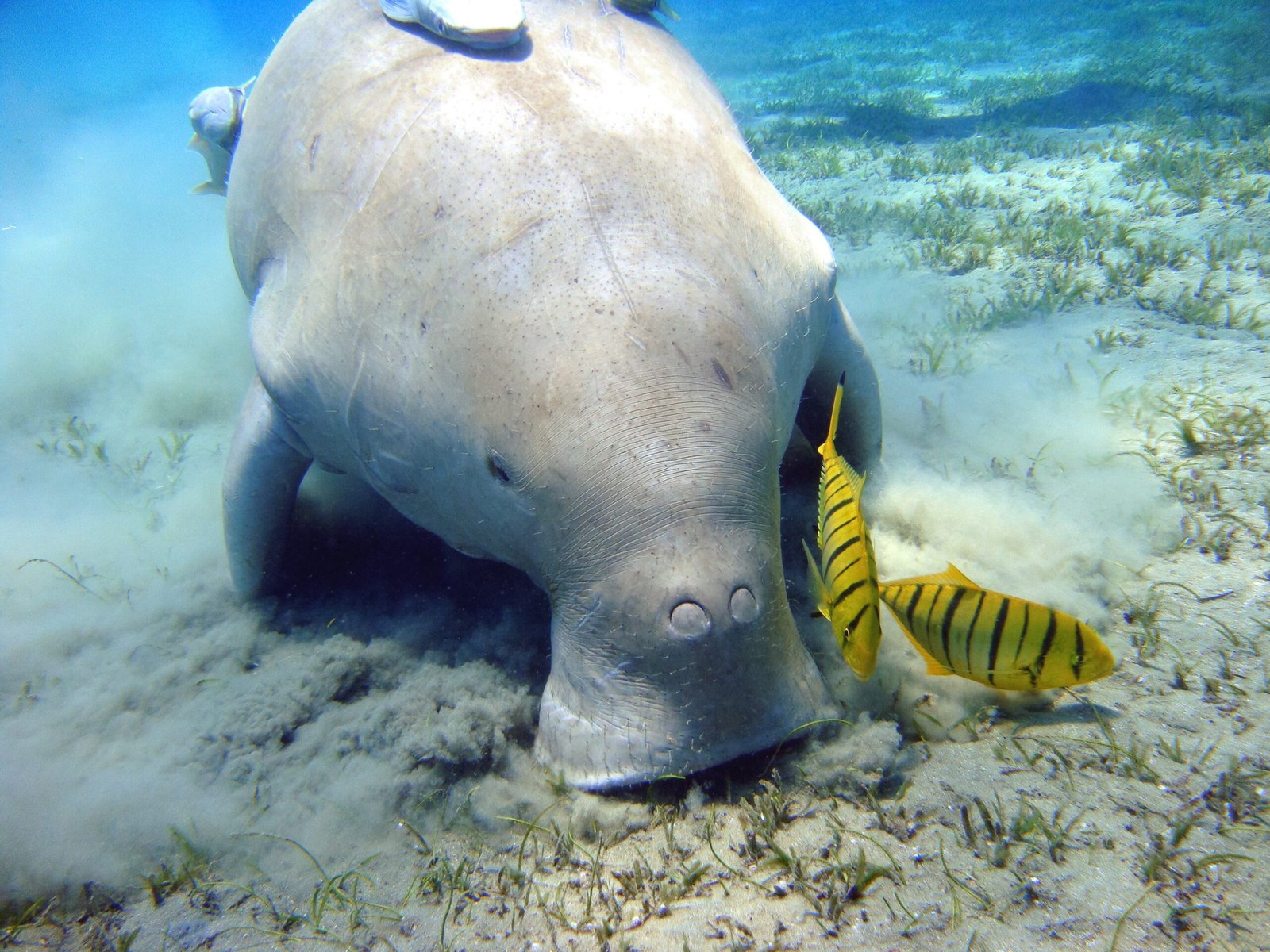
It’s tempting to wonder what’s going on in a dugong’s mind as it drifts through the sea. While we can’t ask them directly, their behaviors offer clues. Dugongs show curiosity, caution, and affection—sometimes even grieving when a calf is lost. Their slow, deliberate actions hint at a life lived in tune with tides and seasons, perhaps filled with a quiet wisdom all their own. In a world that rushes, the dugong reminds us to move thoughtfully and pay attention to the rhythms of nature.
How You Can Help: The Power of Everyday Choices
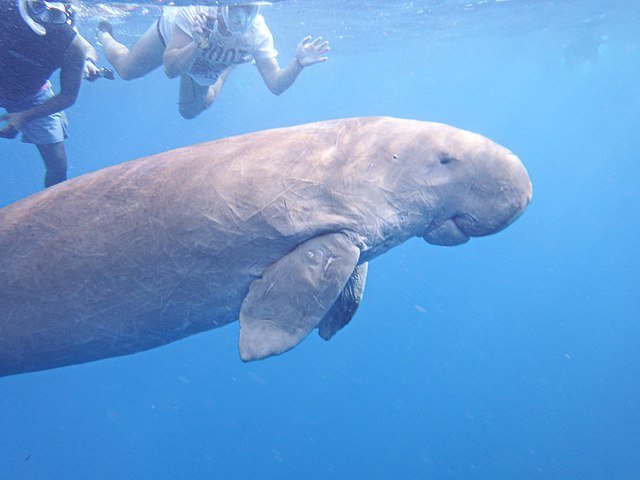
You don’t have to live near the ocean to make a difference for dugongs. Simple actions—like reducing plastic use, supporting sustainable seafood, and advocating for marine protection—have ripple effects that reach distant shores. Sharing what you’ve learned about dugongs sparks curiosity and empathy in others. Every choice, no matter how small, helps tip the balance toward a future where dugongs continue to glide through sun-dappled waters.
A Lasting Impression: The Mystery and Majesty of the Dugong
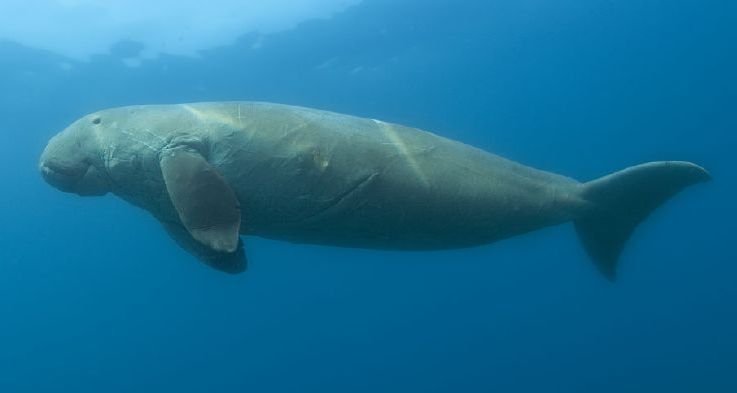
The dugong, with its mustached face and gentle gaze, is a reminder that the ocean is still full of mysteries waiting to be understood. It’s a testament to resilience, adaptation, and the quiet strength of life below the waves. As we learn more about these remarkable creatures, we’re challenged to look beyond the surface—to recognize the deep connections that bind us to the natural world. What other gentle giants glide unseen beneath the waves, waiting for us to notice?


